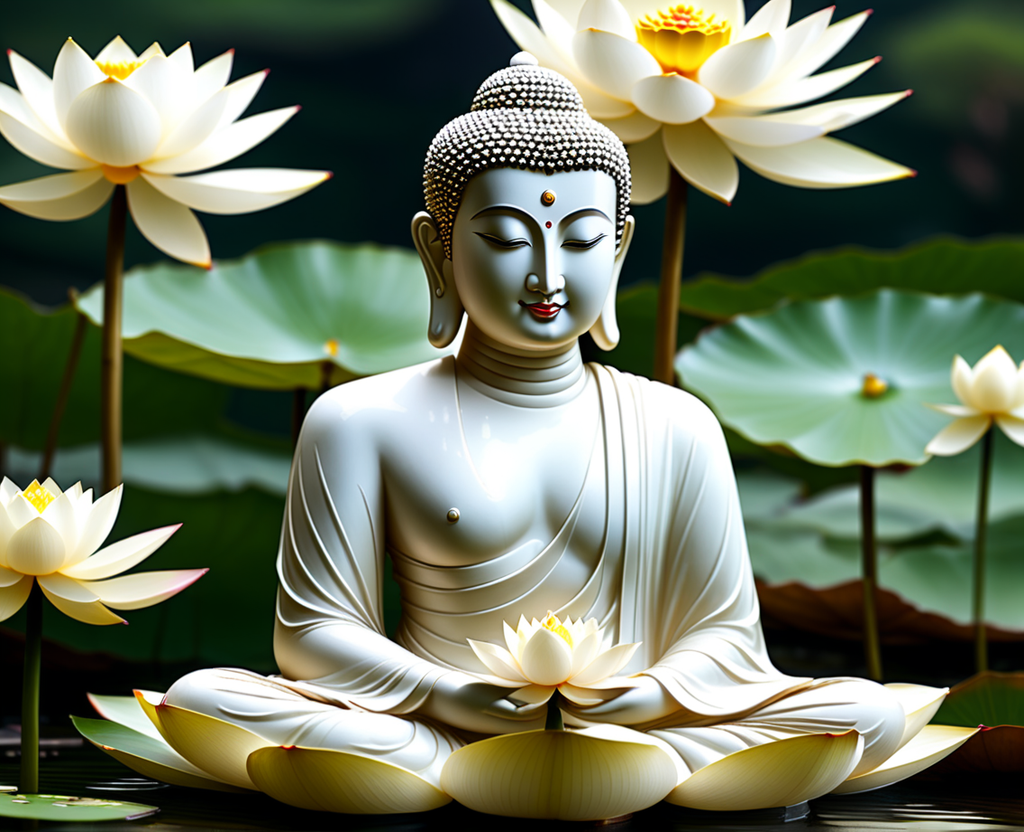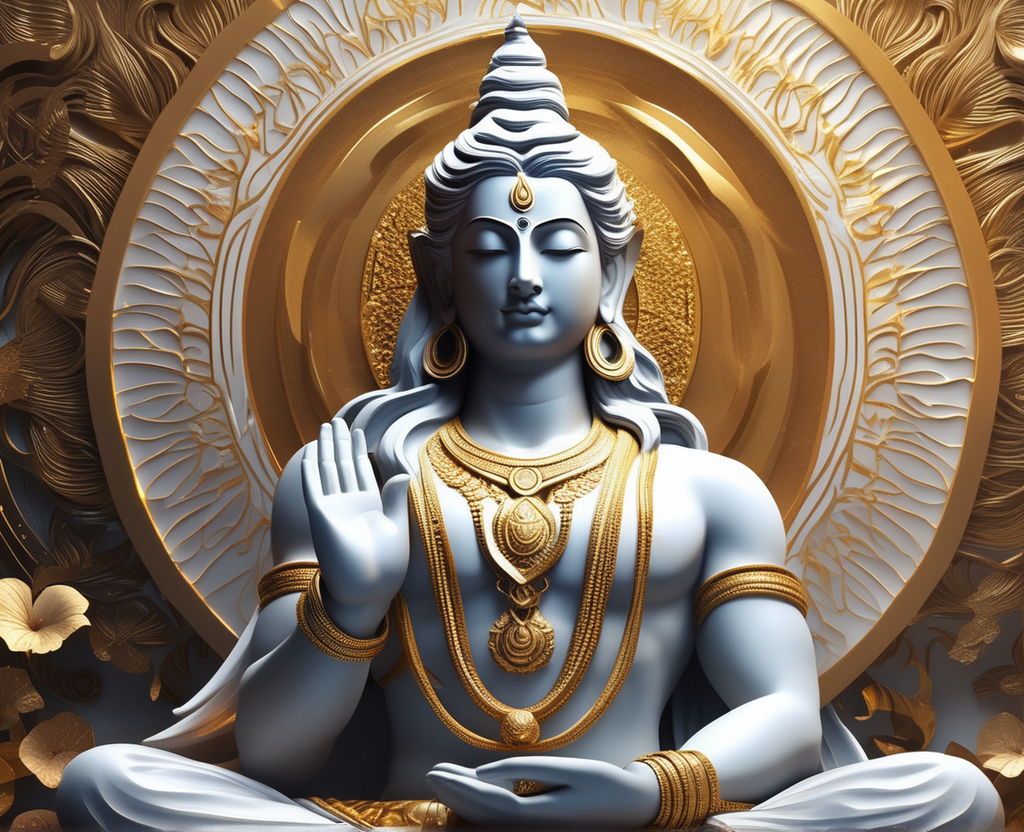 |
 |
 |
 |
 |
|---|
GodServer: Spiritual Directory |
Yoga |
Spiritual Masters |
Meditation |
Mantras |
Pranayama |
 |
 |
 |
 |
 |
|---|
GodServer: Spiritual Directory |
Yoga |
Spiritual Masters |
Meditation |
Mantras |
Pranayama |